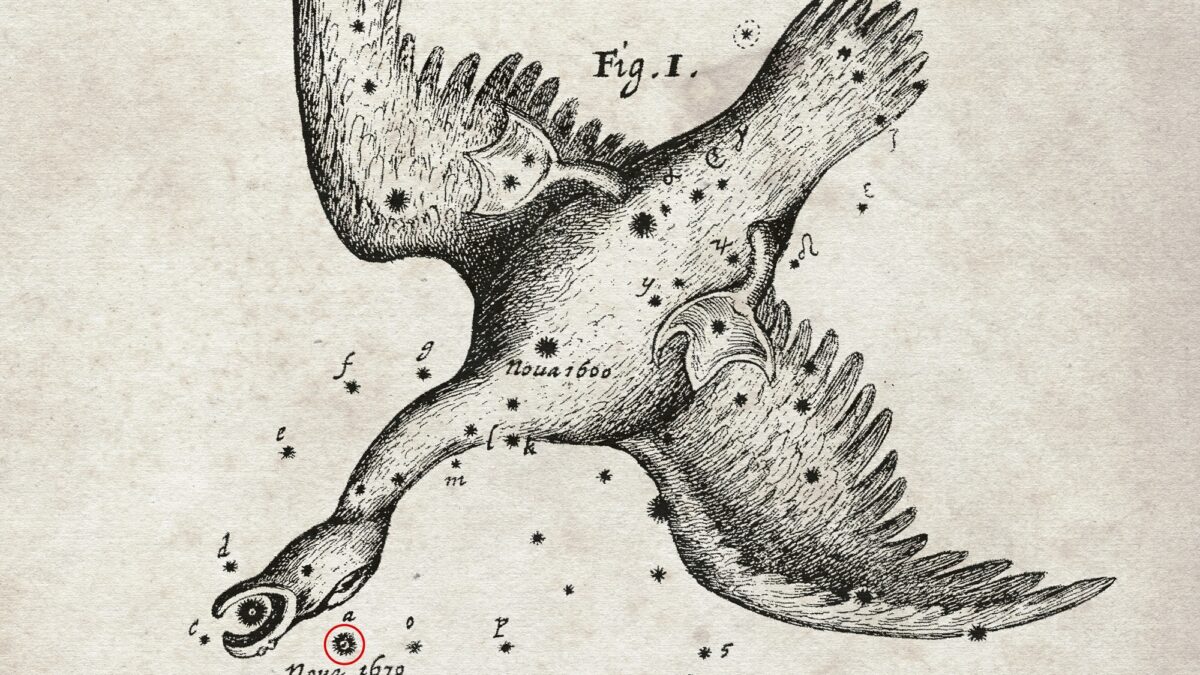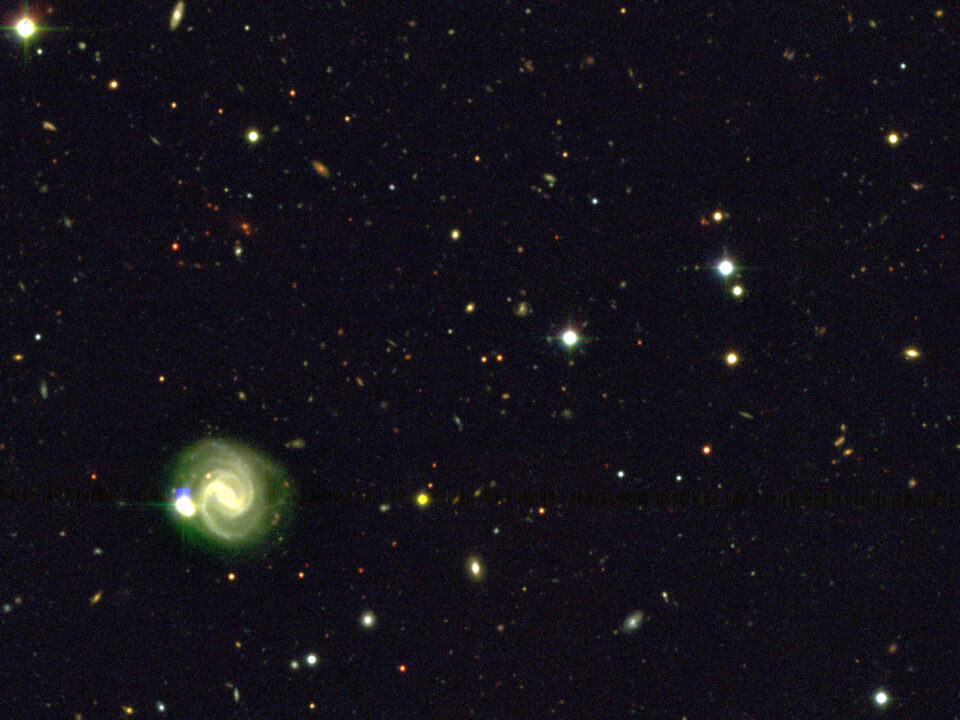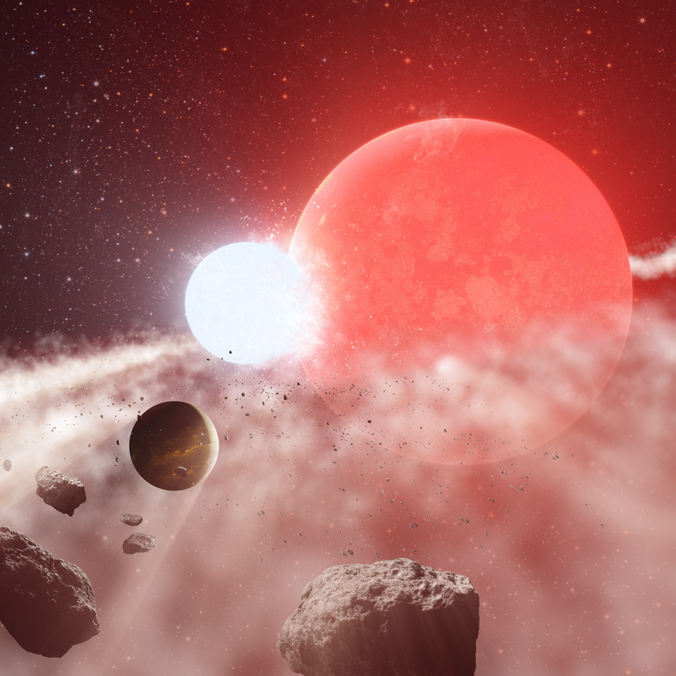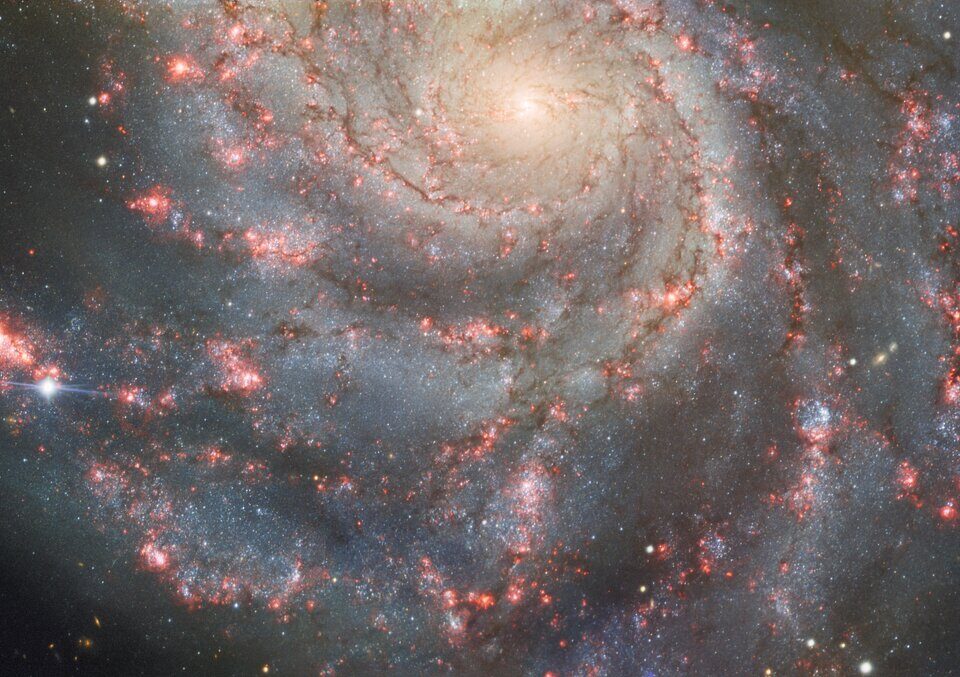Blast from the Past!

Two Maunakea Telescopes Confirm First Brown Dwarf Discovered by Radio Observations
November 18, 2020
New Instrument on Maunakea Telescope Nets its First Discovery
December 18, 2020The enigmatic star CK Vulpeculae, first seen as a bright new star in 1670, was lost for over three centuries. The star was then re-discovered 40 years ago via its surrounding nebular debris, and found to be far more distant than previously thought. This means that the explosive event 350 years ago that caused it to brighten and eject the nebular material was far more energetic than a nova, yet still far less energetic than a supernova. One of the very few such objects known in the Milky Way, this finding, made by an international team of astronomers using the Gemini North telescope, makes CK Vulpeculae a member of the rapidly growing class of “intermediate luminosity transient objects”, most of which have been found in other galaxies. The cause (or causes) of their outbursts are unknown.
Read more, in the Gemini Observatory press release.




